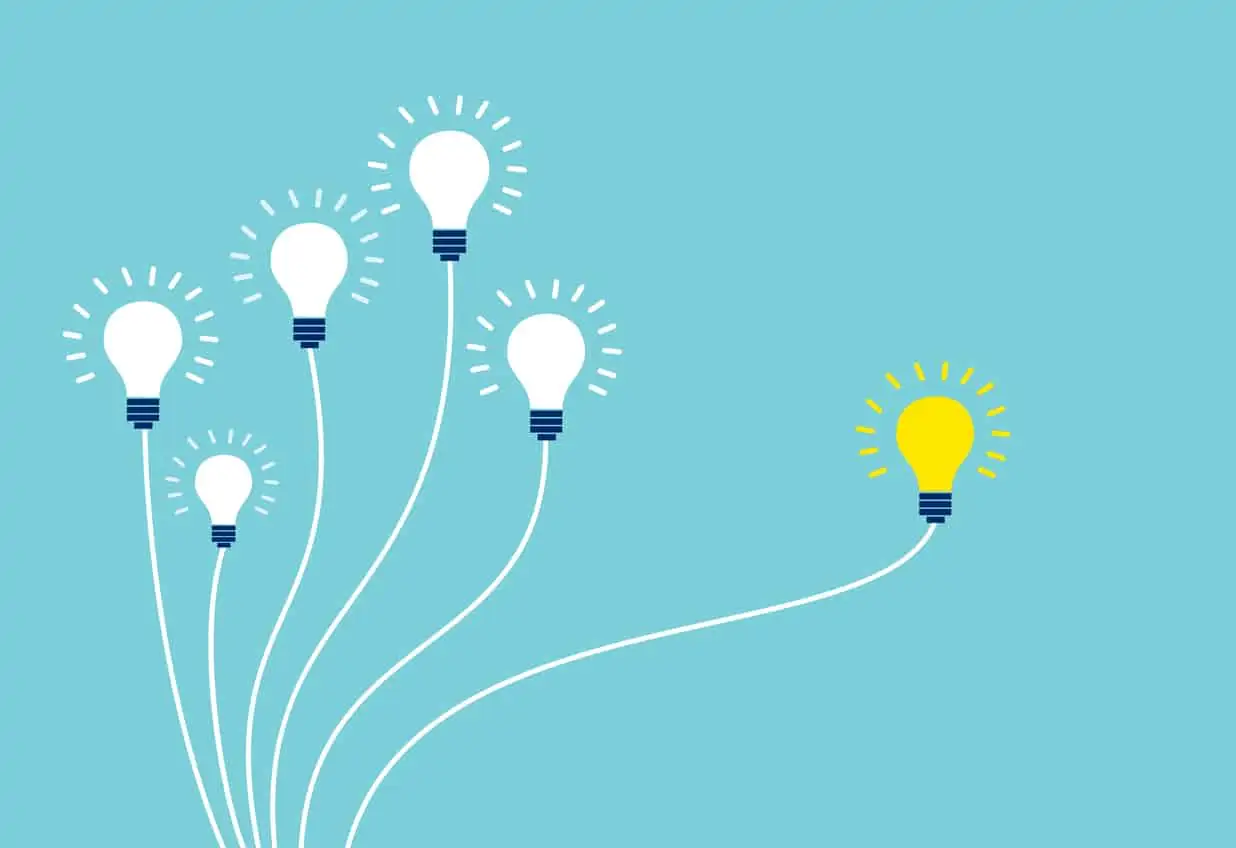How to launch successful digital products using The Jobs to Be Done framework
Recently I found out about an essential tool that can help you nail the product-market fit and grow your business. This tool is known as The Jobs to Be Done framework and was developed by Harvard Business School professor Clayton Christensen. I wish I knew about this tool 10 years ago when I spent $200k on a product that never took off.

Luckily, I’ve learned a lot throughout the years and I’m confident this one approach would have saved me hundreds of thousands of dollars. By the way, Basecamp is using this framework to sort all their new feature requests. Read on if you want to launch the right features in your products and services.
Using the Jobs to Be Done structure will provide you with the knowledge you need in order to design, market, and sell your product successfully.
Most entrepreneurs are very well aware of the fact that customers come in all shapes and sizes, yet, the one thing they have in common is the job they need to get done.
To put it simply: did you ever think about your products as being hired to do a job for the client instead of simply being bought by them? For example, what job causes you to hire, let’s say, a milkshake?
The fact of the matter is, every day we hire products because we have a job we need to be done.
Nonetheless, the enormous amount of data gathered and organized by companies right now involves one big fallacy: none of it tells you why customers make the choices they do, it only follows the agenda of the persons that collected, selected, and sorted it.
Thus, it’s time you stopped “data guessing” when it comes to what your customers like and investing valuable resources in products that ultimately fail at attracting those customers.
Let’s delve into how using the Jobs to Be Done methodology can bring you closer to success. 👇
What job did you hire that product to do?
At first, this question might sound a bit odd, however, it all comes down to one simple concept: we buy products because they get jobs done for us.
In general, people don’t need a quarter-inch drill, they need a quarter-inch hole. That product got hired to fulfill that specific job. In short, customers don’t just buy products or services, they pull them into their lives to make progress.
To put it in the form of a clear definition: a job is a progress that an individual seeks in a particular circumstance.
As an entrepreneur, if you succeed to find an area of struggle or a barrier to that progress, that’s an opportunity to innovate. Successful innovations are those that facilitate a customer’s desired progress, solve their struggles and fulfill their unmet expectations. They do jobs that before then had inadequate or nonexistent solutions.
How does the job theory differ from the traditional marketing concept of “needs”?
A well-defined job will offer you an innovation blueprint as it involves a much higher degree of specificity about what problem you’re solving. On the other hand, needs are constant and that makes them naturally more generic. Jobs usually take into account a far more complex picture.
What is essential to remember is that jobs insights are special – they’re actually more like stories than statistics. One way to approach this is to imagine you are making a movie about the struggles of your target customer. This means you should be aware of the type of experience your main character going through.
In order to gather relevant information from your customers, there are a few questions you should keep in mind:
- What progress is that person trying to achieve? What are the functional, social, and emotional dimensions of the desired progress?
- What are the circumstances of the struggle? Who, when, where, while doing what? What obstacles are getting in the way of the person making that progress?
- Are consumers making do with imperfect solutions through some kind of compensating behavior? Are they buying and using a product that imperfectly performs the job?
- Are they cobbling together a workaround solution involving multiple products? Are they doing nothing to solve their dilemma at all?
- How would they define what “quality” means for a better solution, and what trade-offs are they willing to make?
This way you can capture the relevant details of the job in a job spec, which includes “the functional, emotional, and social dimensions that define the desired progress, the tradeoffs the customer is willing to make, the full set of competing solutions that must be beaten and the obstacles and anxieties that must be overcome.”
That job spec represents the blueprint that will transform the intricacy of the job into an actionable guide for innovation. Talking about secret weapons, this is one you shouldn’t miss.
What does hiring a job involve?
In order to hire your new solution, customers will have to fire some current compensating behavior or suboptimal solution – including firing the solution of doing nothing at all. It’s important to pay attention to what product was fired as it can hold many insights regarding the job which that person wanted to solve.
Following the firing moment, there are two stages that together illustrate how successfully your product is in doing the job it was hired to do:
- the big hire, when the customer is buying the product or service, and,
- the small hires represent every time a customer is using the product after the purchase.
It’s important to have the big hire, but then you need a repeated set of little hires in order to have a successful product or service. Moreover, by paying attention to the experiences customers are going through during the small hires, you can improve your products.
Another thing you should keep in mind is that complete solutions to jobs must include not only your core product/ service but also carefully designed experiences of purchase and use that overcome any obstacles a customer might face when hiring your solution and firing another.
Experiences are very hard to copy by the competitors, which will make your business stand out among existing options.
How can the Jobs to Be Done theory influence the future of your company?
The Jobs theory completely transforms how you define the business you’re in, the size and shape of the market in which you compete, and who your competitors are.
That’s why when asked whether Netflix is competing with Amazon, Netflix’s CEO Reed Hastings answered that “Really we compete with everything you do to relax. We compete with video games. We compete with drinking a bottle of wine. That’s a particularly tough one! We compete with other video networks. Playing board games.” This completely changes the way a company can choose to approach its marketing, sales, and innovation strategies.
Simply put, the competitive advantage will be granted to whoever understands and best solves the job for their customers. What must be mentioned here is that companies that lack clarity on what the real jobs their customers hire them to do make the mistake of providing one-size-fits-none solutions.
The opportunities for innovation that the Jobs theory opens up for your company also involve expanding your target customer segment. Important insights about jobs can be gathered by studying non-consumers – people that choose to hire nothing, rather than something that does the job poorly – and people who employ a workaround or “compensating behavior” to get a job done.
Regarding the non-consumers, a few questions that you should approach while gathering customer insights are the following:
- Who is not consuming your products today?
- How do their jobs differ from those of your current customers?
- What’s getting in the way of these non-consumers using your products to solve their jobs?
Also, the Jobs framework clearly illustrates that new products succeed not because of the features and functionality they offer but because of the experiences they enable.
Most companies focus unnecessarily on the functional dimensions of their customers’ jobs and then ask themselves why didn’t their product took off as they expected. The lesson that should be learned here is that you should also pay close attention to uncovering the emotional and social dimensions of a job in order to succeed in solving it.
The right type of innovation
- It’s not about launching products. It’s about discovering jobs that need to be fulfilled.
- It’s not about the product attributes, but about observing the struggles of your target customers and creating experiences that will help them overcome the struggles.
- It’s not about producing something new. It’s about enabling new experiences and progress.
Doing all this can yield a powerful source of competitive advantage that is very difficult for your competitors to copy.
Finally, we hope you enjoyed this series and that now you feel more prepared when it comes to launching a new product. Helping entrepreneurs make their online business more successful is our number 1 priority – and we don’t shy away from showing it. 😊
Hire Expert WordPress Developers
Looking to customize or develop a new website?






